Kitchen Remodeling
Kitchen remodeling transforms a home’s heart, blending functionality with interior design flair. Updating plumbing for a new sink installation can dramatically improve workflow and aesthetics. Strategic lighting choices elevate the space, creating ambiance and enhancing task areas. In this article, we’ll explore key elements of kitchen renovation that merge style with practicality.
Key Takeaways
- Kitchen Remodeling Projects Range From Custom Redesigns to Small-Scale Updates, Enhancing Functionality and Value
- Custom Remodels Offer Personalized Designs but Require Larger Budgets and Careful Planning
- Small Kitchen Redesigns Focus on Maximizing Space and Functionality Through Clever Design Elements
- Galley Kitchen Renovations Optimize Narrow Spaces by Strategic Placement of Appliances and Storage Solutions
- Cabinet and Pantry Remodels Provide Cost-Effective Ways to Transform Kitchens Without Full Renovations
Kitchen Remodeling
Kitchen remodeling encompasses a wide range of projects, from custom redesigns to small-scale updates. Homeowners can transform their spaces by focusing on specific areas such as cabinetry, countertops, and pantries. Whether tackling a galley kitchen renovation or refreshing existing cabinets, the goal is to enhance functionality, accessibility, and aesthetic appeal. These improvements not only create a more enjoyable cooking environment but also serve as effective advertising for the home’s overall value.
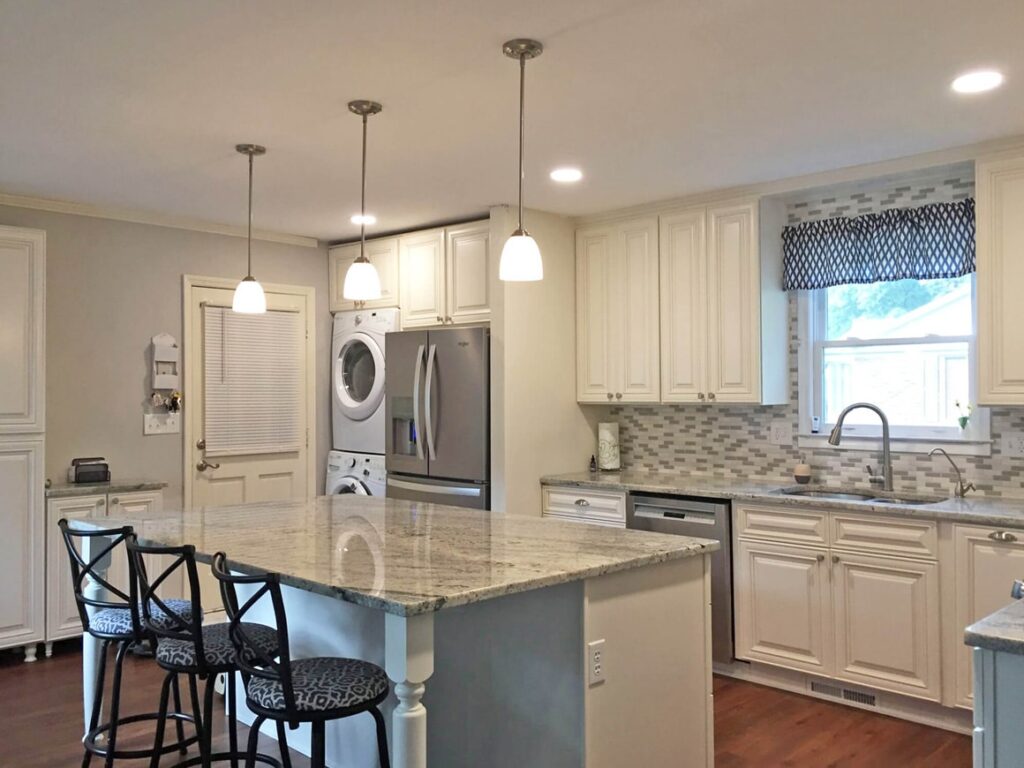
custom kitchen remodel
Custom kitchen remodels transform spaces according to specific homeowner preferences and needs. These projects often involve reconfiguring the entire kitchen layout, including floors, cabinets, and fixtures. Homeowners can choose from various materials, such as wood for flooring or custom cabinetry, to create a unique and personalized kitchen environment.
A custom remodel allows for the integration of high-end appliances, specialty features, and tailored storage solutions. Homeowners can select custom taps, sinks, and lighting fixtures to complement their design vision. While custom projects typically require a larger budget, they offer the opportunity to create a truly one-of-a-kind kitchen space. Key considerations for a custom kitchen remodel include:
- Assessing the existing space and determining layout changes
- Selecting materials and finishes that align with the desired aesthetic
- Incorporating energy-efficient appliances and lighting
- Designing custom storage solutions to maximize functionality
- Balancing the budget with desired features and materials
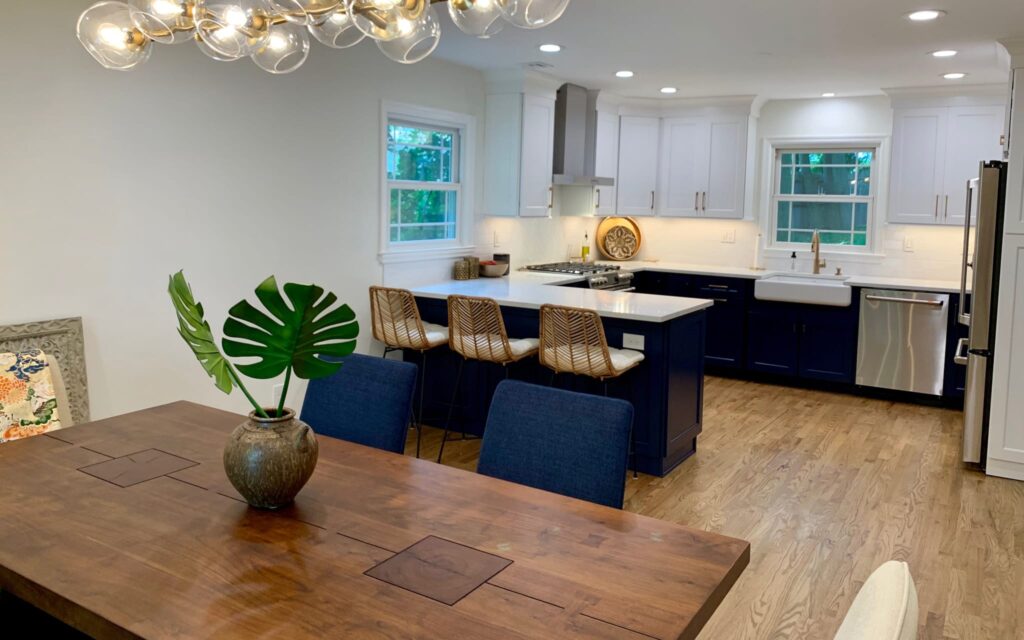
Small Kitchen Redesign
Small kitchen redesigns focus on maximizing space and functionality in compact areas. Designers optimize layout and storage solutions to create an efficient cooking environment. These projects often incorporate clever design elements such as pull-out pantries, wall-mounted appliances, and multi-functional furniture to make the most of limited square footage.
Home improvement professionals employ various techniques to enhance small kitchens visually and functionally. They may recommend lighter color schemes, reflective surfaces like granite countertops, or strategic lighting to create an illusion of spaciousness. Removing non-load-bearing walls can open up the kitchen to adjacent rooms, improving flow and heat distribution throughout the space.
- Space-saving storage solutions
- Efficient appliance placement
- Strategic lighting design
- Multifunctional furniture integration
- Open concept layout considerations
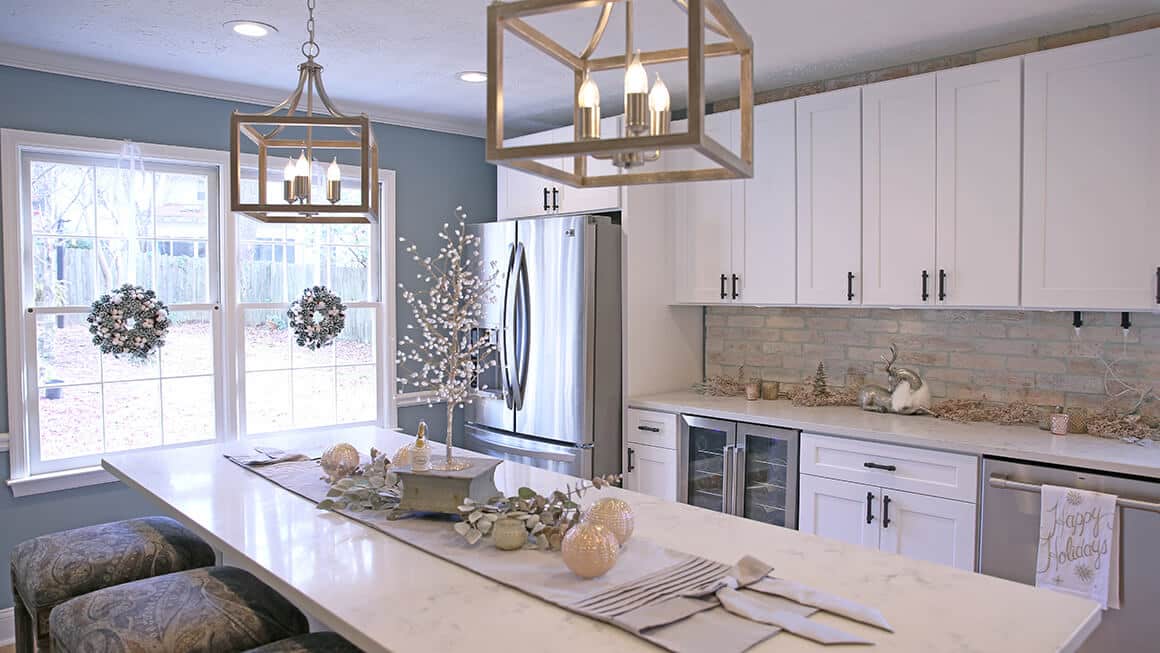
Galley Kitchen Remodel
Galley kitchen remodels focus on optimizing narrow, corridor-style spaces. A general contractor can transform these compact areas by strategically placing appliances, incorporating sleek materials like stainless steel, and maximizing vertical storage with tall pantry units.
Renovations often involve replacing outdated surfaces with modern alternatives such as marble countertops. Designers may also recommend removing one wall to create an open-concept layout, improving flow and functionality. Key elements of a successful galley kitchen remodel include:
- Efficient workflow design
- Strategic lighting placement
- Space-saving cabinet solutions
- Durable, easy-to-clean surfaces
- Incorporation of multifunctional elements
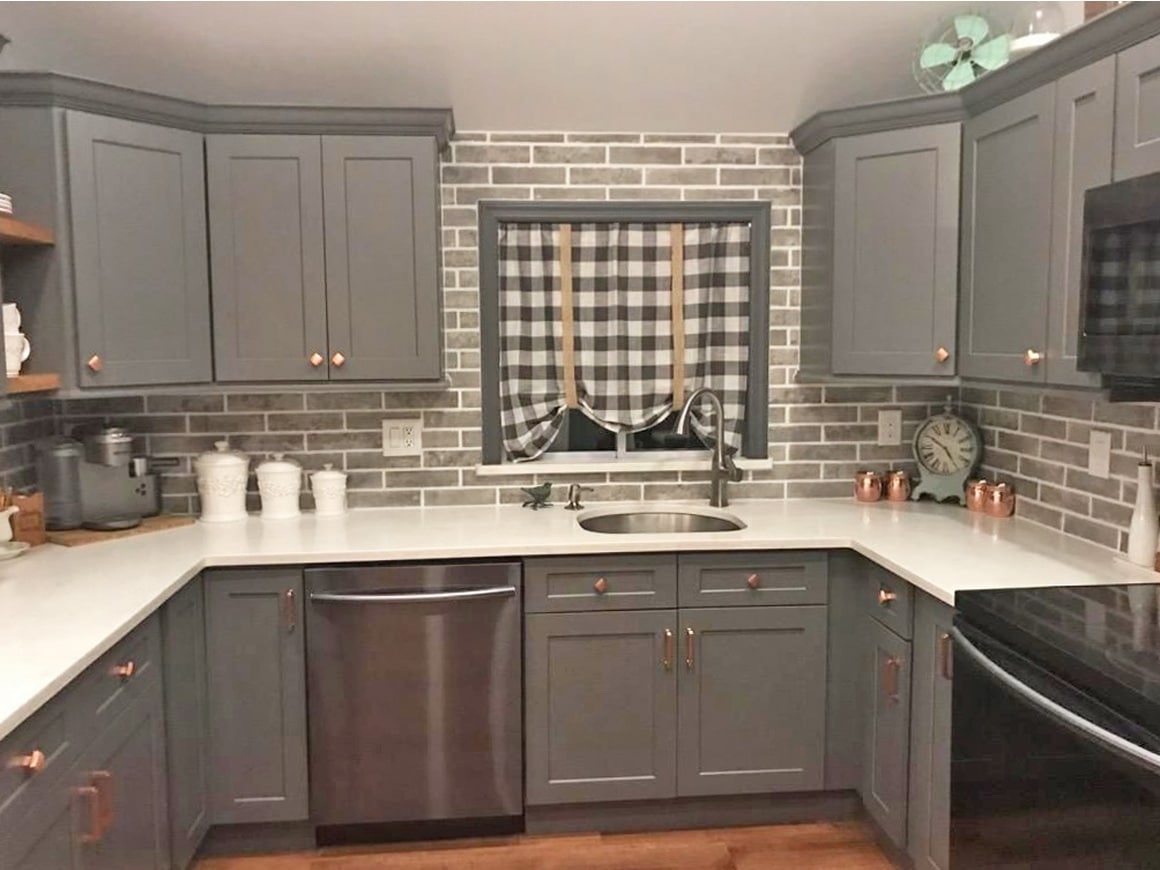
Redo Cabinets in Kitchen
Redoing cabinets in the kitchen offers a cost-effective way to transform the room without a complete overhaul. Homeowners can refinish existing cabinetry, replace doors and hardware, or install new units to achieve a fresh look. This process often involves coordinating with other elements like quartz countertops or updated ceiling fixtures.
Cabinet renovations impact the overall aesthetic and functionality of the kitchen. Homeowners may choose to add custom features such as pull-out organizers or glass-front doors to showcase prized dishware. When planning a cabinet redo, consider the following factors:
- Budget constraints, including potential credit card financing options
- Coordination with existing furniture and appliances
- Selection of durable materials and finishes
- Incorporation of ergonomic design principles
- Integration of smart storage solutions

Cabinet Remodel
Cabinet remodels transform kitchens by enhancing both aesthetics and functionality. Homeowners can refresh their cooking spaces with new paint colors, updated hardware, or complete cabinet replacements, depending on their budget and desired outcome. These projects often involve coordinating with other elements such as tile backsplashes to create a cohesive look.
Professional contractors provide valuable information on cabinet materials, finishes, and design options to help homeowners make informed decisions. By investing money in a cabinet remodel, homeowners can significantly improve their kitchen’s appearance and efficiency without the expense of a full renovation.
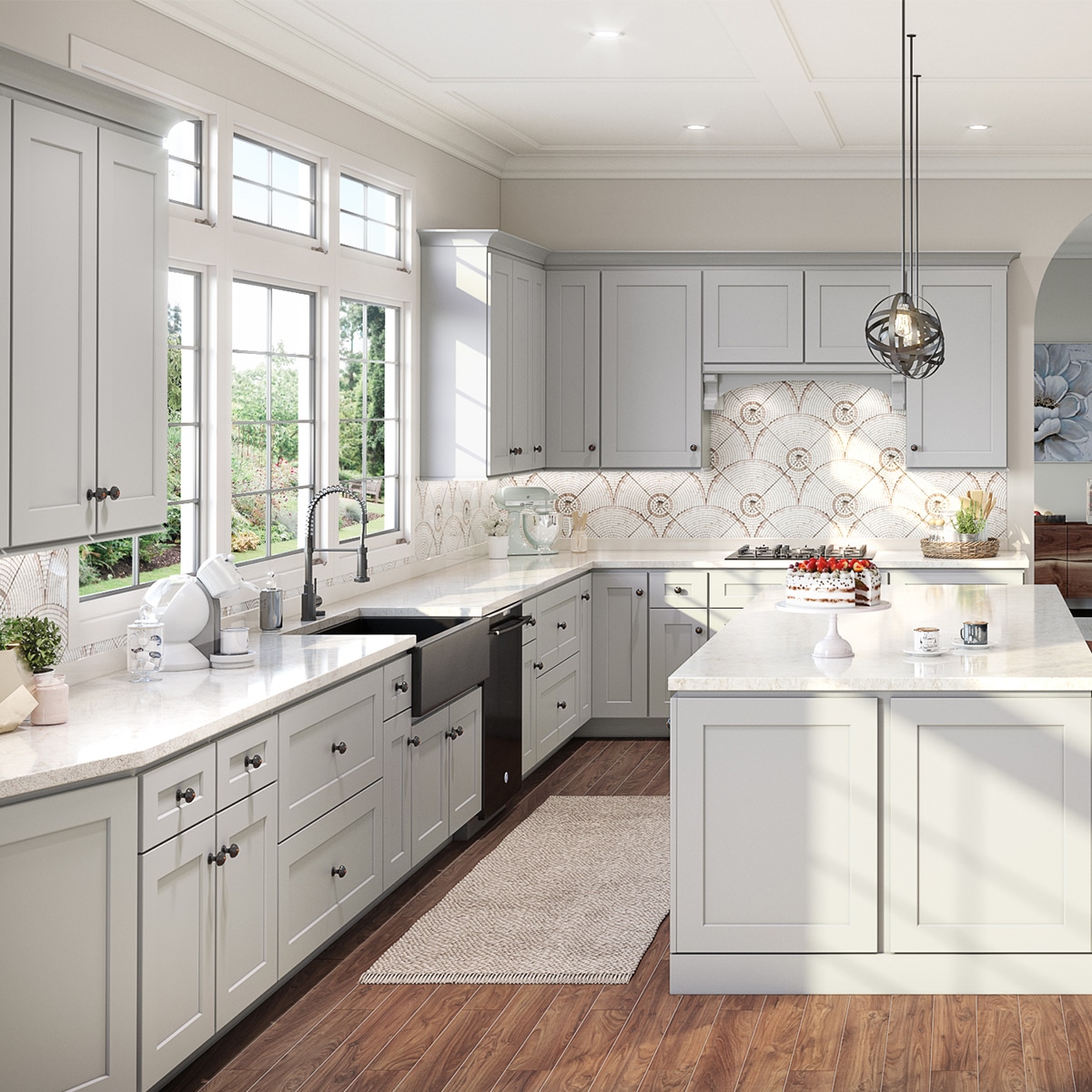
Remodel Pantry
Pantry remodels transform storage spaces into efficient, organized areas that complement the kitchen. Homeowners can incorporate glass shelving, steel wire baskets, and custom drawer systems to maximize space utilization. These upgrades not only enhance functionality but also create a seamless flow between the pantry and adjacent areas, such as the bathroom or main cooking area with its cooktop.
Professional designers often recommend incorporating pull-out shelves, lazy Susans, and adjustable racks to optimize pantry storage. By utilizing vertical space and implementing a cohesive design aesthetic, homeowners can create a pantry that serves as both a functional storage area and an attractive extension of their kitchen. Key considerations for a pantry remodel include:
- Assessing storage needs and traffic flow
- Selecting durable, easy-to-clean materials
- Incorporating proper lighting for visibility
- Maximizing vertical space with tall shelving units
- Implementing a color scheme that complements the kitchen
